8 Tips to Choose Age-Appropriate Books for Kids
Ever stared at a bookshelf wondering if that colorful dinosaur book is too scary for your 4-year-old? Or if your 10-year-old is ready for those middle-grade novels with heavier themes? You’re not alone.
Finding age-appropriate books for kids feels like a high-stakes guessing game sometimes. Choose too young, and they’re bored. Choose too mature, and you’re explaining concepts you weren’t prepared to tackle over breakfast.
The right books can spark a lifelong love of reading, but the wrong ones might do the opposite. That’s why knowing how to choose age-appropriate books for kids matters more than most parents realize.
By the end of this post, you’ll have a fool-proof system for picking books that challenge your child without overwhelming them. But first, let’s talk about the mistake almost every parent makes when browsing the children’s section…
Understand Reading Levels and Age Ranges
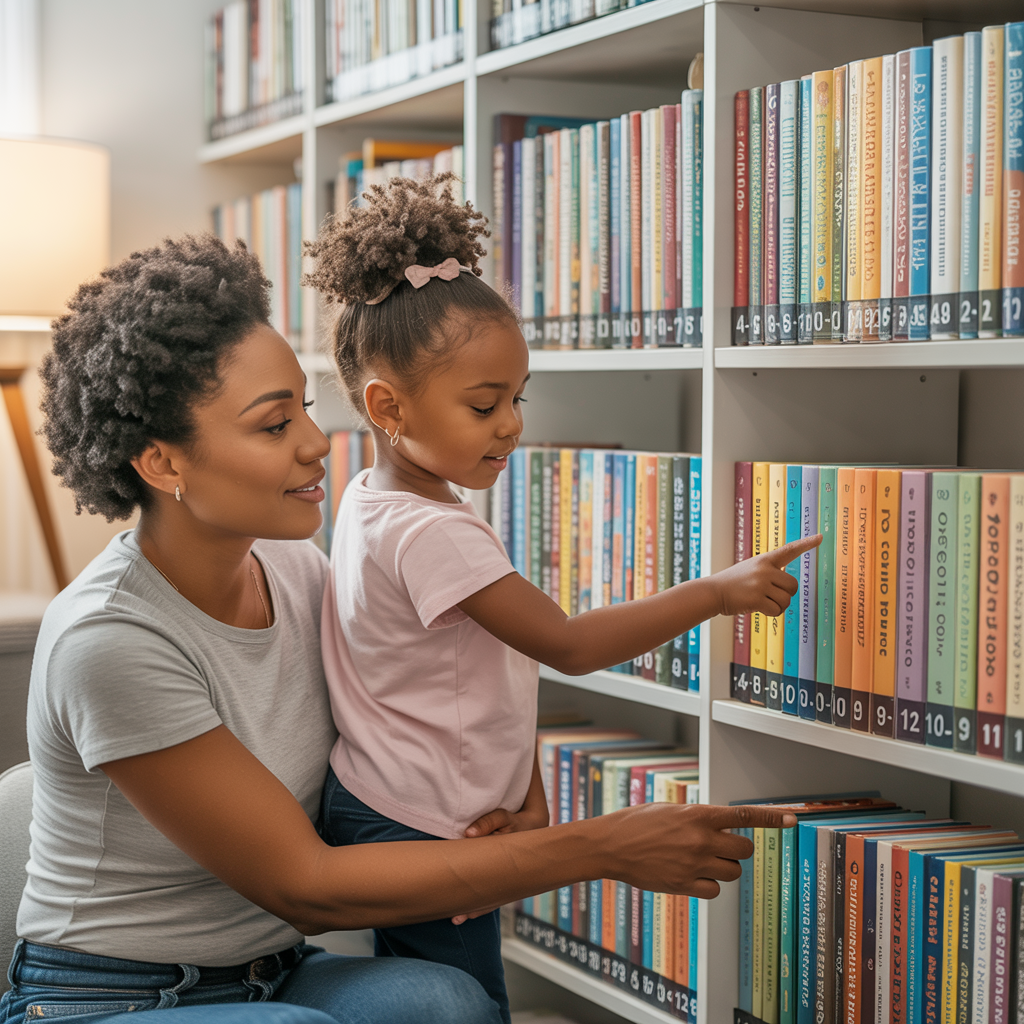
How publishers categorize children’s books
Publishers don’t just randomly assign age ranges to books. They follow specific systems to help parents navigate the sea of children’s literature.
Most publishers use these standard categories:
- Board Books: 0-3 years
- Picture Books: 3-8 years
- Early Readers: 5-7 years
- Chapter Books: 7-10 years
- Middle Grade: 8-12 years
- Young Adult: 12-18 years
But here’s the thing—these aren’t strict rules. Some 7-year-olds might devour chapter books while others still enjoy picture books. Publishers know this and often include a reading level indicator like “RL3” (reading level 3) or lexile measures (numerical values) to give you more specific guidance.
Typical reading milestones by age
Kids develop reading skills at different paces, but these general milestones can help you pick the right books:
Ages 0-2: Enjoys being read to, points at pictures, names familiar objects
Ages 3-5: Recognizes letters, understands stories have a beginning and end, may pretend to “read”
Ages 6-7: Reads simple texts independently, sounds out words
Ages 8-10: Reads chapter books, understands more complex plots
Ages 11+: Handles multiple characters and storylines, grasps themes and symbolism
When to challenge vs. comfort readers
Finding this balance is tricky but crucial.
Challenge your child when:
- They finish books quickly and easily
- They ask questions that show they’re ready for more depth
- They express interest in more complex topics
Stick with comfort reads when:
- They’re stressed or tired
- They’re building confidence as readers
- They’re going through big life changes
The “five-finger rule” works great here: If your child stumbles on more than five words per page, the book might be too challenging for independent reading.
Remember—the best book is one your child actually wants to read.
Consider Content Appropriateness

A. Age-sensitive themes to watch for
Kids aren’t mini-adults. Books with heavy themes like death, violence, or divorce might be too much for younger readers. Picture books about monsters can terrify a 3-year-old but delight a 7-year-old.
Before handing your child a book, flip through it. Look for:
- Sexual content
- Graphic violence
- Substance abuse
- Intense fear scenarios
- Complex moral dilemmas
Remember that age recommendations on books are starting points, not rules. Your 8-year-old might handle themes that would upset other kids their age.
B. Evaluating emotional maturity requirements
Your kid’s birthday doesn’t tell the whole story. Some 6-year-olds can handle Charlotte’s Web’s death theme, while some 9-year-olds aren’t ready.
Ask yourself:
- How does my child process emotions?
- Do they get nightmares easily?
- Can they separate fiction from reality?
- How do they handle sad movies or TV shows?
The sweet spot? Books with characters slightly older than your child that challenge them just enough without overwhelming.
C. Avoiding content that may frighten or confuse
Kids process information differently. What seems mild to you might keep them up all night.
Common triggers to watch for:
- Abandonment scenarios
- Graphic illustrations
- Scary supernatural elements
- Ambiguous endings
- Overly complex moral situations
Read reviews from other parents. They’ll often mention if something scared their child.
D. Finding books that reflect family values
Books are sneaky little teachers. They shape how kids see the world, so finding ones aligned with your family’s values matters.
This doesn’t mean avoiding all challenging content. It means choosing books that handle topics in ways you’re comfortable discussing.
Consider:
- How conflicts are resolved
- The behaviors that get rewarded
- How diversity is portrayed
- The underlying messages about right and wrong
The best children’s books spark conversations, not confusion.
Look for Visual Cues in Book Design
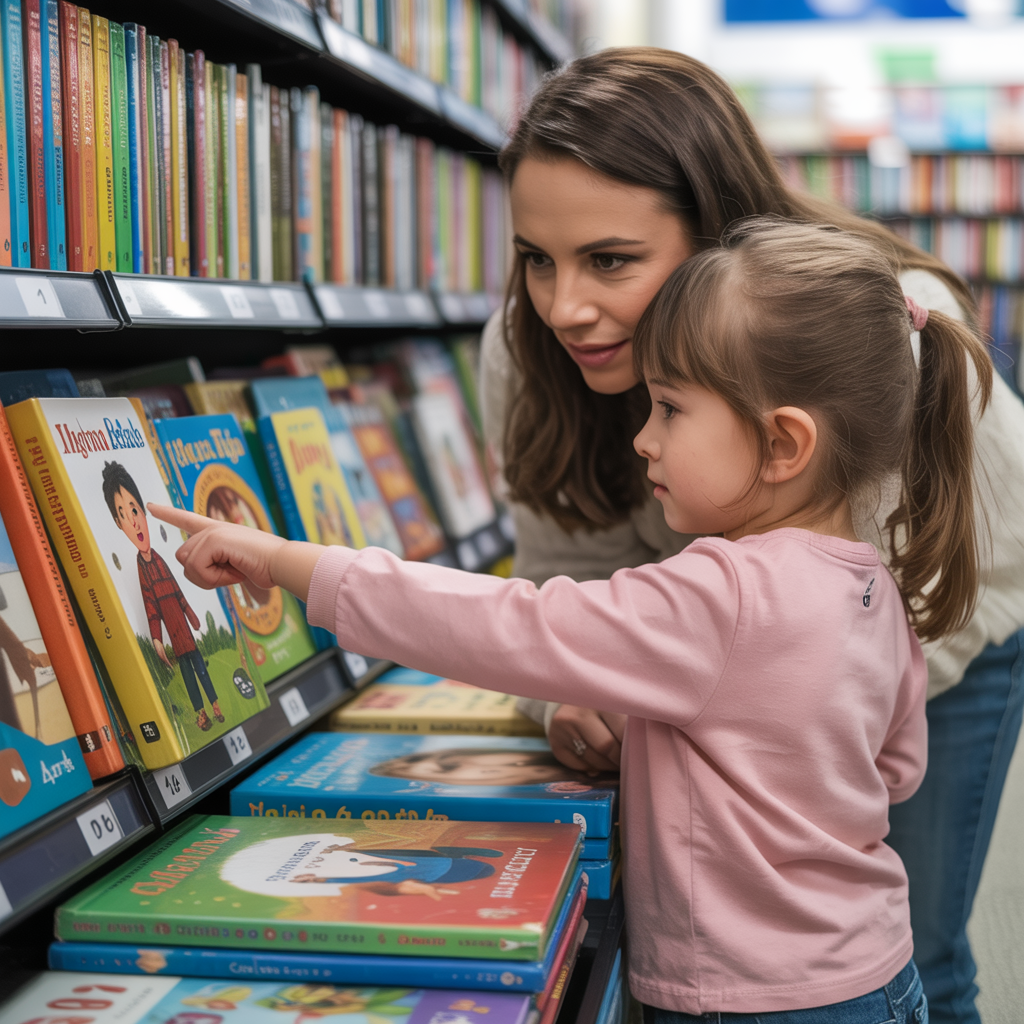
Picture-to-text ratio for different ages
Ever grabbed a book for your kid and wondered if it’s a good fit? The picture-to-text ratio is a dead giveaway.
For babies and toddlers (0-3 years), go for books that are almost all pictures with just a few words per page. They’re still figuring out what those strange squiggly things are anyway.
Preschoolers (3-5 years) do well with books that have a 70/30 split—mostly pictures with short text blocks. Think “Pete the Cat” or “Llama Llama” books.
When kids hit early elementary (6-8 years), they’re ready for a more balanced 50/50 approach. “Magic Tree House” nails this with illustrations supporting longer text sections.
Middle-grade readers (9-12 years) can handle books with maybe 20% illustrations and 80% text. By this point, pictures become special treats rather than necessities.
Font size and spacing considerations
The font size isn’t just about making words readable—it’s about setting kids up for success.
For beginning readers, look for books with:
- Large font (at least 14-16 point)
- Generous spacing between lines
- Clear distinction between letters like ‘b’ and ‘d’
- Consistent placement of text on the page
As reading skills develop, font size can gradually decrease. Books with cramped text and tiny fonts will frustrate even the most motivated young readers.
Length and complexity of chapters
Chapter length matters more than you might think. Young readers need quick wins to stay motivated.
For kids just starting chapter books (6-7 years), chapters should be bite-sized—2-4 pages tops. Nothing builds confidence like finishing a chapter!
By ages 8-10, kids can handle chapters of 5-10 pages with more complex sentence structures. And those 10-12 year olds? They’re ready to tackle meatier chapters of 10-15 pages with multiple plot points.
Watch for visual breathing room too—paragraphs broken into digestible chunks rather than intimidating walls of text.
Engage Children in the Selection Process

How to guide without controlling choices
Picking out books with your kids isn’t just about finding something appropriate – it’s about teaching them to make good choices themselves. Instead of saying “No, that’s too scary,” try asking, “What do you think about this story?” Open-ended questions help them develop critical thinking skills.
When my nephew wanted to read a book that seemed too advanced, I didn’t shut it down. I said, “This looks challenging! What made you pick this one?” His reasoning surprised me – he liked the dinosaur illustrations and wanted to learn the big words.
Creating balanced reading lists together
Kids need variety just like adults do. Work together to create a reading menu with different “food groups”:
- Something funny
- Something informative
- Something adventurous
- Something relatable
Make it visual! Create a simple chart where they can track different types of books they’ve read. My friend’s daughter loves putting stickers on her “reading rainbow” whenever she finishes a book from a new genre.
Respecting their interests while expanding horizons
Your son might want nothing but books about trucks for months. That’s actually fine! Within those interests, you can find quality options that introduce new concepts.
Love for dinosaurs? Great! Find:
- A fictional dinosaur friendship story
- A science-based dinosaur fact book
- A dinosaur book set in a different culture
The trick is bridging what they already love to something new. “If you enjoy these dragon stories, you might like this book about a boy who builds rockets.” Connection made, horizon expanded, without dismissing what they’re passionate about.
Leverage Professional Resources
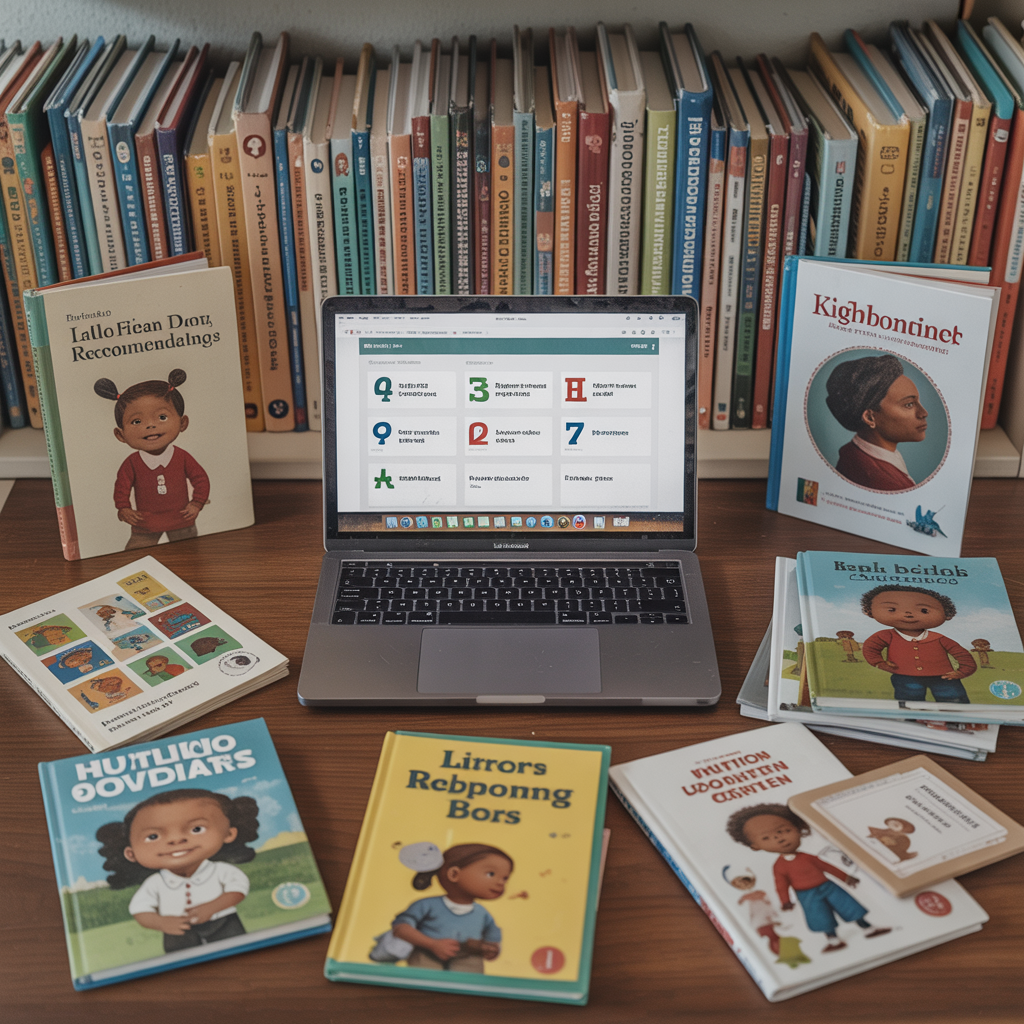
Librarian recommendations
Finding age-appropriate books doesn’t have to be a solo mission. Librarians are like book matchmakers who spend their days connecting readers with perfect stories. Next time you’re at the library, just ask! These pros know which books are flying off shelves for each age group and can point you toward hidden gems that match your child’s interests and reading level.
Most librarians can recommend books on specific topics too—whether your kid is obsessed with dinosaurs or going through a fairy phase. They’ll often pull several options so your child can choose what grabs their attention.
Teacher-approved reading lists
Teachers witness firsthand which books captivate young minds. Many educators create grade-specific reading lists that balance educational value with pure reading enjoyment.
Check your child’s school website or ask their teacher directly for these goldmine lists. Teachers often categorize their recommendations by reading level, theme, and even books that support classroom learning. These lists typically include both classics and newer releases that have proven successful in engaging students.
Award-winning books by age category
Book awards exist for a reason—they highlight exceptional children’s literature. Look for winners of the Newbery Medal, Caldecott Medal, or Coretta Scott King Award when choosing quality reads.
These award-winning titles have been vetted by experts who understand what makes a book developmentally appropriate and engaging. Many book awards are categorized by age groups, making it super easy to find something suitable for your 7-year-old versus your 12-year-old.
Using online book review platforms
Online platforms like Goodreads, Common Sense Media, and Storytime Standouts offer detailed age recommendations and content warnings.
Common Sense Media is particularly helpful as it rates books not just by age but by specific content categories like educational value, positive messages, and violence. Parents can quickly scan reviews to ensure content aligns with their family values and their child’s maturity level.
These platforms also feature user reviews from other parents and kids, giving you real-world feedback about whether children actually enjoy the books—because the best age-appropriate book is one your child will actually read!
Match Books to Individual Development
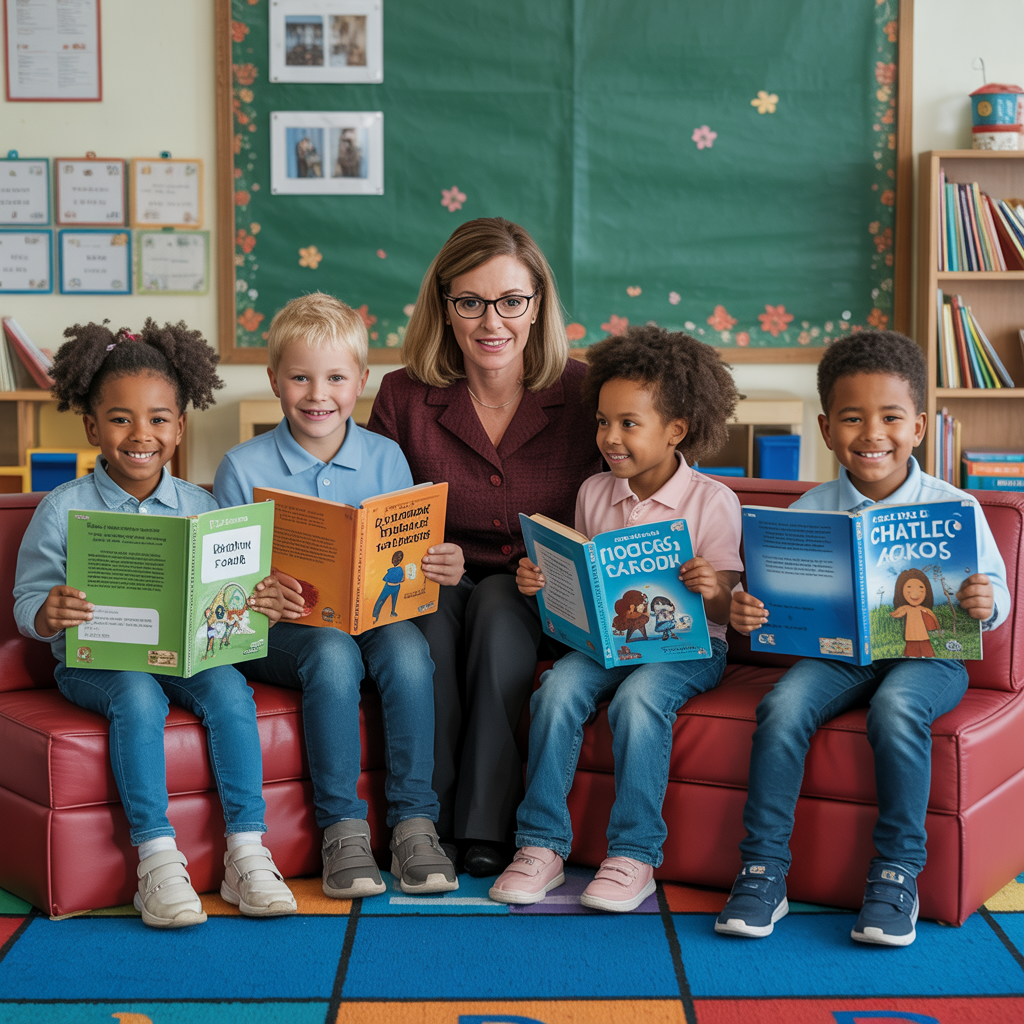
Identifying a child’s reading strengths
Kids aren’t cookie-cutter readers. Some breeze through adventure stories but struggle with non-fiction. Others devour facts but yawn at fairy tales.
Watch what books your child gravitates toward. Do they pick up books with lots of pictures? Love rhyming stories? Get excited about books on specific topics like dinosaurs or space?
Quick tip: Pay attention to what they ask questions about during reading time. These curiosity sparks reveal their interests and strengths.
Try this simple test: Offer three different book styles and see which one holds their attention longest. The winner often aligns with their natural reading strength.
Supporting areas needing improvement
Your kid struggles with certain books? Don’t sweat it. That’s normal.
The trick isn’t avoiding challenging books—it’s finding the right ones that stretch abilities without causing frustration.
If your child stumbles over long sentences, look for books with shorter text chunks but interesting storylines. For vocabulary building, choose books slightly above their level but with engaging topics they love.
The “five-finger rule” works wonders: Have them read a page and raise a finger for each unfamiliar word. Five or more fingers? Too hard. One or none? Too easy. Two to four? Just right for growth.
Accommodating different learning styles
Some kids learn by seeing, others by hearing, and many by doing.
Visual learners thrive with heavily illustrated books or graphic novels. Books with detailed pictures they can study help them process information.
Auditory learners? Try books with rhythmic language or dialogue-heavy stories. Reading aloud to them—with different voices for characters—makes stories come alive.
For kinesthetic learners, interactive books with flaps, textures, or activities keep them engaged. Books that inspire movement or hands-on projects after reading are perfect matches.
The magic happens when you mix and match. A dinosaur-loving visual learner might enjoy a fact-filled picture encyclopedia, while your auditory learner might prefer a dramatic dinosaur adventure story with lots of roaring.
Balance Educational Value with Entertainment

Finding the sweet spot between learning and fun
Ever picked up a book that was so educational it put your kid to sleep? Or one that was all fun but about as nutritious as cotton candy for the brain?
The magic happens when books balance both worlds. Kids don’t separate “learning time” from “fun time” – they’re just living their lives, soaking everything up.
Great age-appropriate books work like chocolate-covered broccoli (but way less weird). The story pulls them in while the learning sneaks through the back door.
Look for books with:
- Characters facing real problems kids can relate to
- Stories that prompt questions rather than preach answers
- Colorful visuals that reinforce concepts without being textbook-y
My neighbor’s daughter hated science until she found the “Ada Twist, Scientist” series. Now she’s conducting “experiments” all over their kitchen. The books never set out to teach – they just made science feel like an adventure.
Books that teach without preaching
Nobody likes a lecture disguised as a story. Kids can smell “I’m trying to teach you something” from a mile away.
The best educational books use:
- Humor to deliver messages (Captain Underpants sneaks in vocabulary that would make an English teacher proud)
- Relatable scenarios instead of obvious moral lessons
- Characters who learn naturally through their experiences
When my son was struggling with sharing, I didn’t grab a “How to Share” book. We found “Should I Share My Ice Cream?” by Mo Willems. Gerald’s internal struggle about whether to share with Piggie made my kid laugh – and think.
When to prioritize enjoyment over educational content
Sometimes a book just needs to be fun. Period.
If your child:
- Is overwhelmed with school demands
- Shows reading resistance
- Needs a confidence boost
Let them pick something purely entertaining. The goofy graphic novel or silly adventure story is still building reading fluency and positive associations with books.
Reading shouldn’t feel like homework. My daughter went through a phase where she only wanted fairy unicorn books with zero educational value. Know what? Her reading skills exploded anyway because she couldn’t put them down.
The reading habit itself is more valuable than any individual book’s content.
Regularly Reassess and Adjust
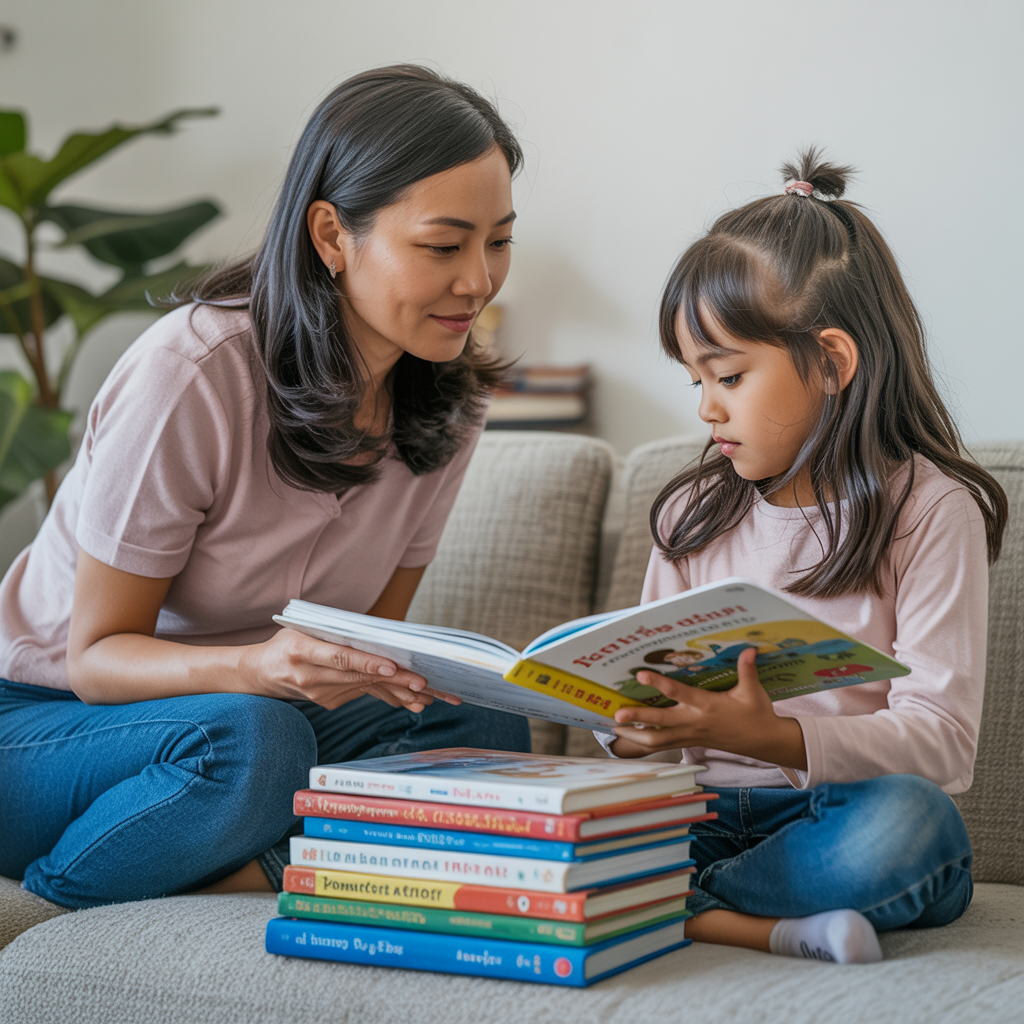
Signs a child has outgrown their current reading level
Kids aren’t subtle when they’re ready for bigger reading challenges. Watch for these telltale signs:
- They speed through books in one sitting
- They use the phrase “this is too easy” or “this is for babies”
- They’re asking what words mean less frequently
- They’re getting bored or distracted halfway through reading time
- They’re asking questions that go beyond the story’s complexity
- They start picking up your books or older siblings’ books
Trust your gut on this one. Most parents can sense when their child is hungry for more complex stories. That restlessness isn’t them losing interest in reading—it’s them ready to level up.
How to smoothly transition to more advanced books
Rushing kids into hard books is the fastest way to kill their reading confidence. Instead:
- Bridge the gap with “stepping stone” books
- Read the first few chapters together
- Pick books with familiar characters but more complex plots
- Try the “book sandwich” approach—let them read an advanced book between two comfortable ones
- Look for high-low books (high interest topics with lower reading levels)
Remember those early reader chapter books with pictures every few pages? They exist because kids need that visual support while building stamina for text-heavy pages.
When to revisit beloved books from earlier stages
Those dog-eared picture books your kid “outgrew” still have serious value. Here’s why returning to old favorites works:
- It builds reading confidence (they nail every word!)
- Kids notice new details they missed before
- It creates a comforting reading ritual during stressful times
- They can practice expressive reading with familiar text
- They experience the joy of being the “expert” on a story
Smart parents keep those early favorites accessible even as kids progress to Harry Potter territory.
Creating a dynamic home library that grows with your child
Your home library shouldn’t be a museum—it needs to breathe and change:
- Rotate books seasonally (storage bins in the garage work great)
- Create a “book swap” corner with friends
- Set up different reading zones for different levels
- Mix classics with contemporary stories
- Include reference books alongside fiction
- Consider digital options for voracious readers (library apps save shelf space!)
The key is keeping it fresh without being overwhelming. Too many books creates decision fatigue; too few limits discovery. Aim for quality over quantity, with enough variety to spark interest no matter their mood or current reading level.
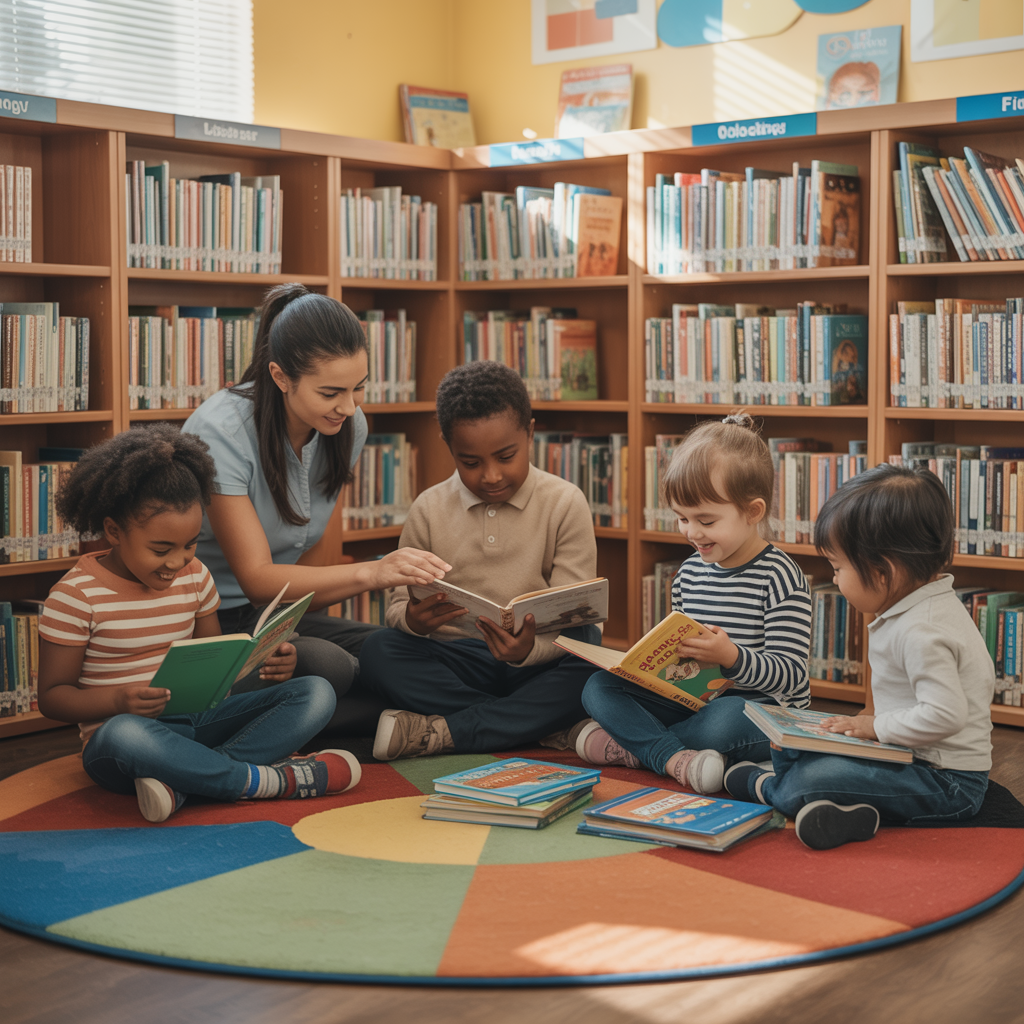
Choosing the right books for your child’s developmental stage plays a crucial role in fostering a lifelong love of reading. By understanding reading levels, evaluating content appropriateness, and paying attention to visual design elements, you can make informed decisions that support your child’s literacy journey. Involving children in the selection process and utilizing resources like librarians and book reviews further ensures you’re finding titles that resonate with their interests while matching their individual development.
Remember that the perfect book balances educational value with entertainment and keeps your child engaged. As your child grows, be prepared to reassess their reading preferences and capabilities. With these eight strategies in mind, you’ll be well-equipped to build a diverse, age-appropriate library that grows alongside your child, nurturing their imagination and supporting their development at every stage.














